What Electricians Want You to Know About Older Houses
Owning an older home can be a unique and rewarding experience. These homes often boast charm, character, and a rich history that newer houses simply cannot replicate. However, with time, many components—especially electrical systems—may fail to meet modern safety and performance standards. Understanding the challenges of older electrical systems is vital to maintaining both the safety and functionality of your home. Here, we'll outline essential insights electricians wish homeowners would consider when upgrading or maintaining the electrical systems in older houses.
Understanding Electrical Demands in Older Homes
When most older homes were constructed, electrical usage was significantly lower than it is today. Homes built before 1980—accounting for over 60% of American residences, according to Statistica—were designed to handle the limited demands of the time. In those days, a typical household might have had only a few appliances, basic lighting, and no high-powered devices like computers or large televisions.
In modern households, the need for electricity has grown exponentially, with multiple devices, energy-intensive kitchen gadgets, and home offices being the norm. Without upgrades, older homes may struggle to keep up. Frequent circuit breaker trips, flickering lights, and even electrical overloads are common signs that the system is being pushed beyond its limits. Left unchecked, these issues can lead to safety hazards, including electrical fires. Consulting electricians to assess your home's capacity is crucial for preventing these risks.
Recognizing the Risks of Outdated Wiring Materials
The type of wiring used in older homes is another major concern. Two common materials found in homes built decades ago are knob-and-tube wiring and aluminum wiring. While both were considered cutting-edge at the time, they pose significant risks today. Knob-and-tube wiring lacks the insulation and grounding required for modern electrical systems, making it prone to overheating. Similarly, aluminum wiring can oxidize and become brittle, leading to poor connections and potential fire hazards.
Replacing these outdated systems with modern copper wiring is a common recommendation from electricians. Copper is more durable, safer, and better equipped to handle today's energy demands. Whether you're planning a full-scale renovation or simply upgrading specific areas of your home, updating the wiring ensures safety and reliability. This is especially important when adding high-energy appliances or modern conveniences like air conditioning.
Identifying Issues With Ungrounded Outlets
Ungrounded outlets are another issue that electricians frequently encounter in older homes. Many older homes were constructed when grounding wasn't a standard practice. At that time, most appliances used two-prong plugs, so there was little need for three-prong grounded outlets. However, today's electrical devices require grounding for safety.
Grounded outlets protect against electrical shocks, particularly in areas where water is present, such as kitchens, bathrooms, and outdoor spaces. They are also essential for preventing damage to sensitive electronics. Upgrading ungrounded outlets is not only a safety measure but also a necessity for compatibility with modern appliances. Electricians recommend homeowners prioritize these updates, especially in high-risk areas.
Addressing Aging Circuit Breaker Panels
The circuit breaker panel is the heart of any home's electrical system, but in older homes, it can often become a source of danger. Over time, the components in circuit breaker panels can degrade, reducing their effectiveness. Some older panels may no longer meet today's safety standards, while others might belong to brands that have been recalled for safety issues.
Outdated panels can lead to a higher risk of electrical fires or failures, especially when subjected to the demands of modern energy usage. Regular inspections by electricians can identify whether a panel needs maintenance or replacement. Upgrading to a modern circuit breaker panel provides peace of mind and ensures your home's electrical system operates safely and efficiently.
Adapting Older Homes to Modern Electrical Features
As homeowners embrace new technologies, the demand for modern electrical features is growing. From smart home devices and energy-efficient lighting to solar power systems, these upgrades can improve your home's functionality and energy efficiency. However, integrating these features into an older home's electrical system can be challenging.
Older wiring and panels may not support the added load of smart devices or energy-efficient appliances. Without proper upgrades, attempting to modernize your home can lead to electrical problems. Electricians play a key role in ensuring these features are safely incorporated. By planning strategically and upgrading the necessary components, you can enjoy the benefits of modern technology while preserving the charm of your older home.
Owning an older home comes with the privilege of preserving its historical charm, but it also requires attention to safety and modernization. With over 60% of American homes built before 1980, many homeowners face challenges related to outdated electrical systems. By addressing these issues proactively and working with qualified electricians, you can maintain the beauty and character of your home while ensuring it meets today's safety and performance standards.
Don't wait to make your home safer and more efficient. Contact a trusted electrician at Beverly Services today to schedule an inspection and take the first step toward a secure, modernized electrical system.
Quick Links
serving Area
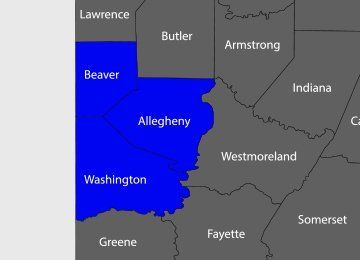
Corporate Headquarters
Pennsylvania Home Improvement Contractor License: PA7606
Financing Available (subject to credit approval)
Business Hours
All Rights Reserved | Beverly Services | Privacy Policy


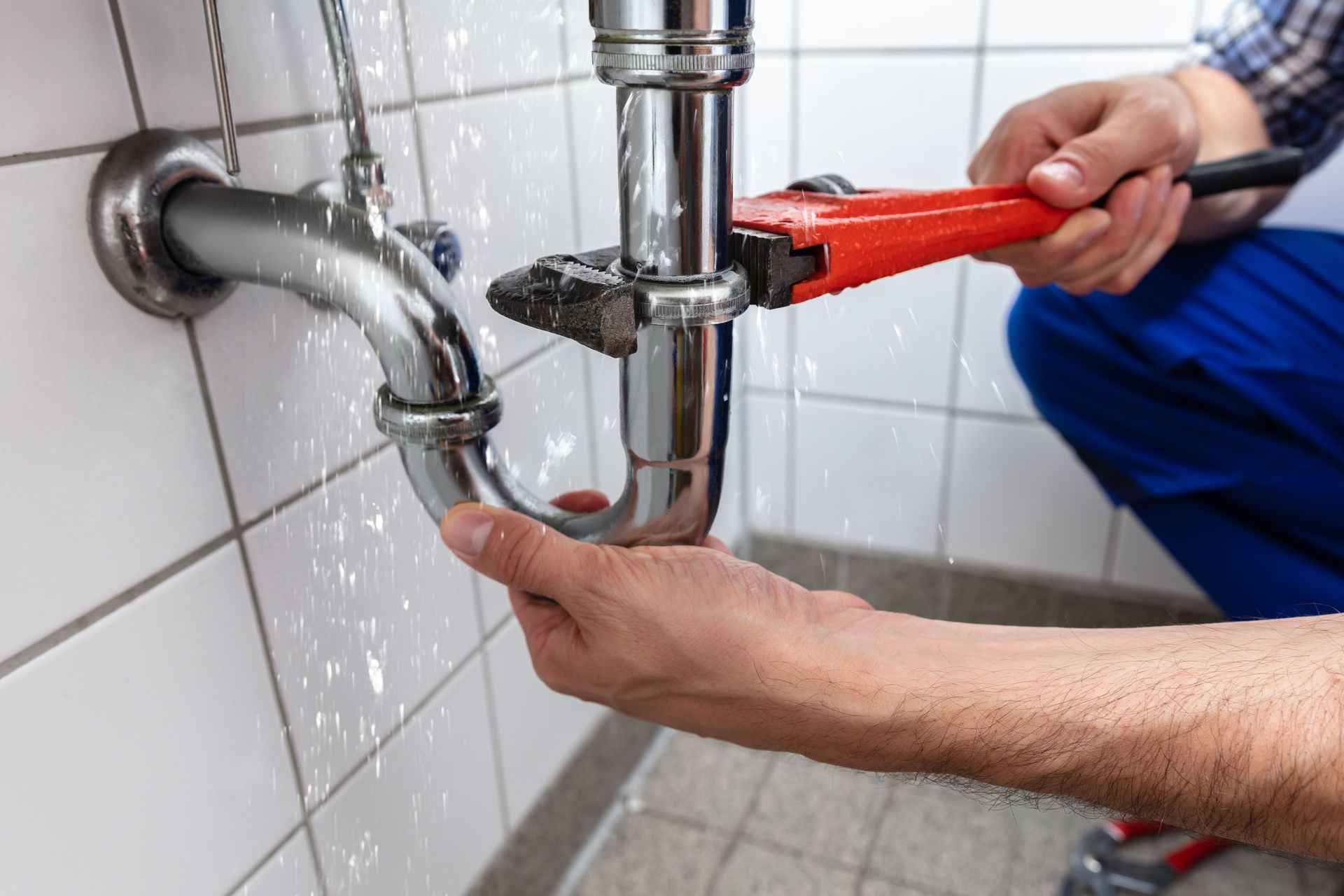

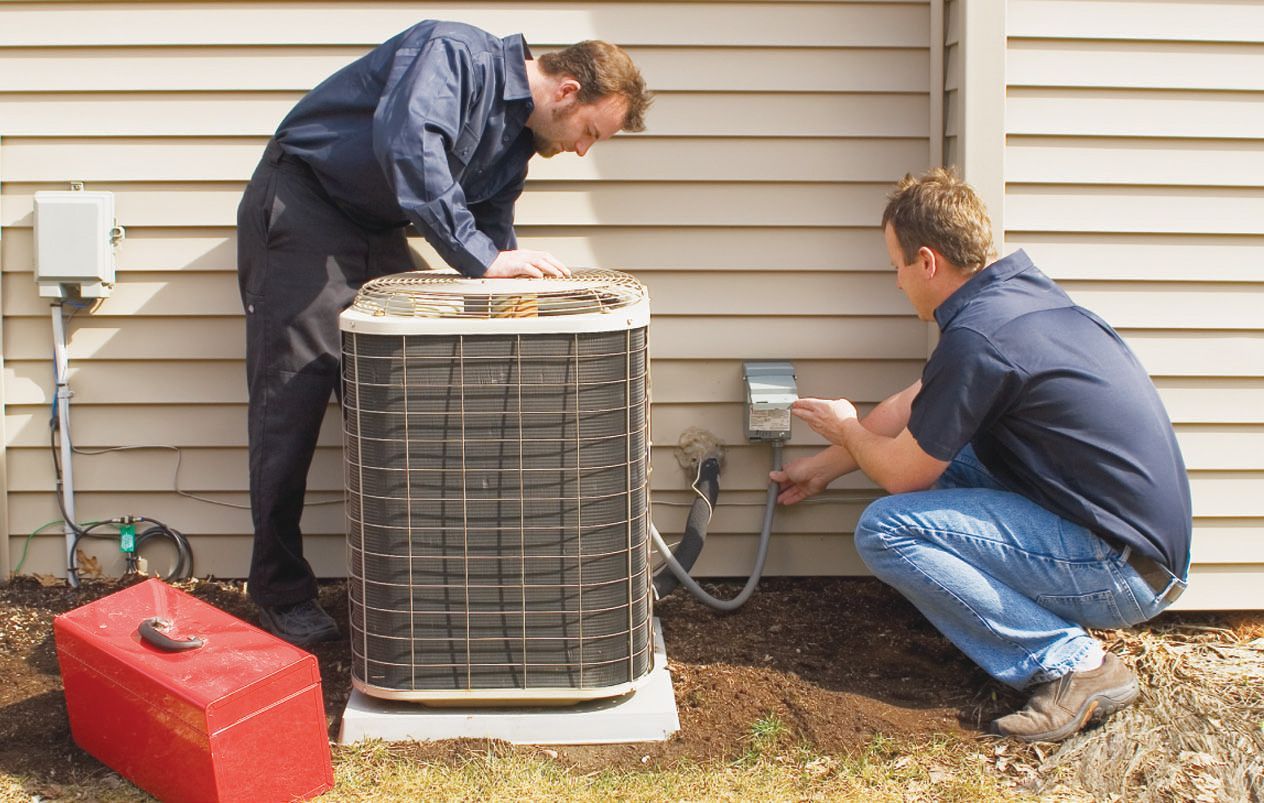
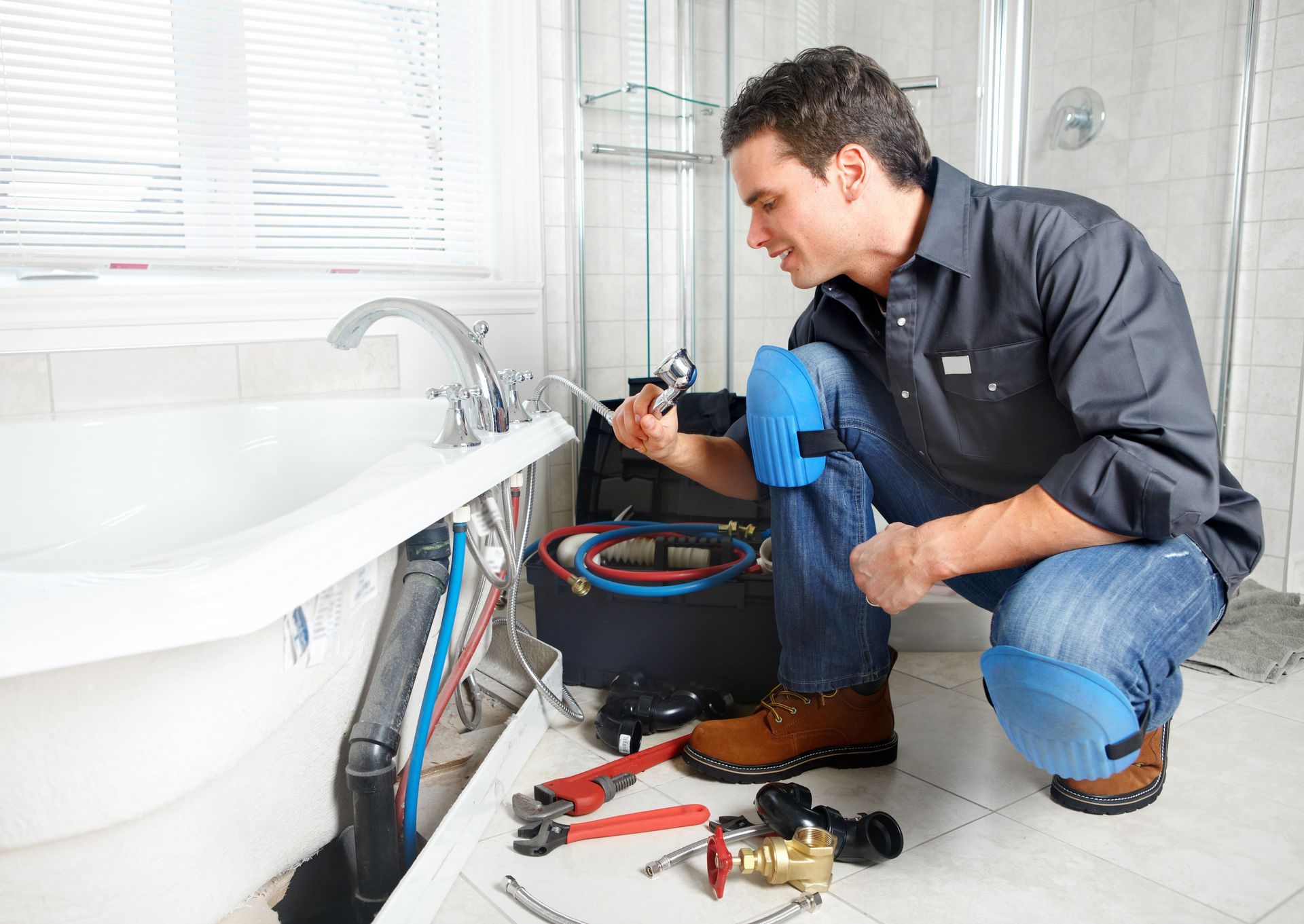
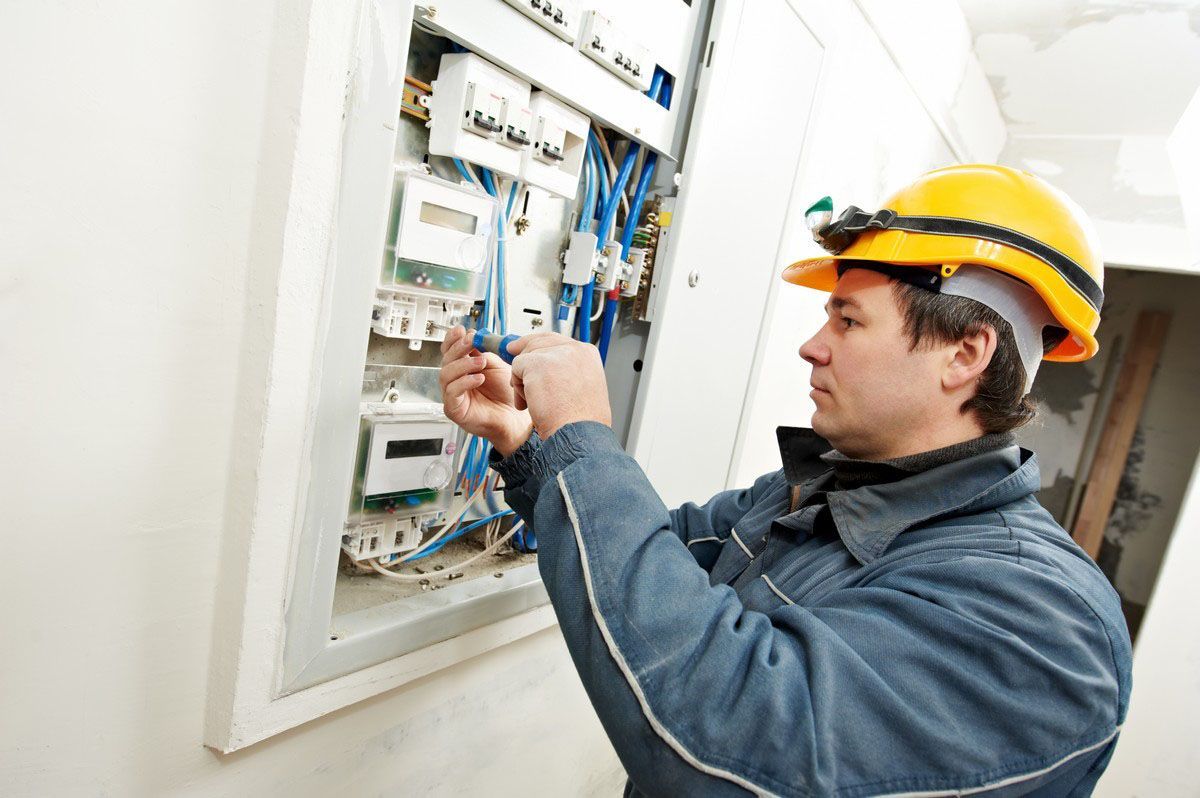
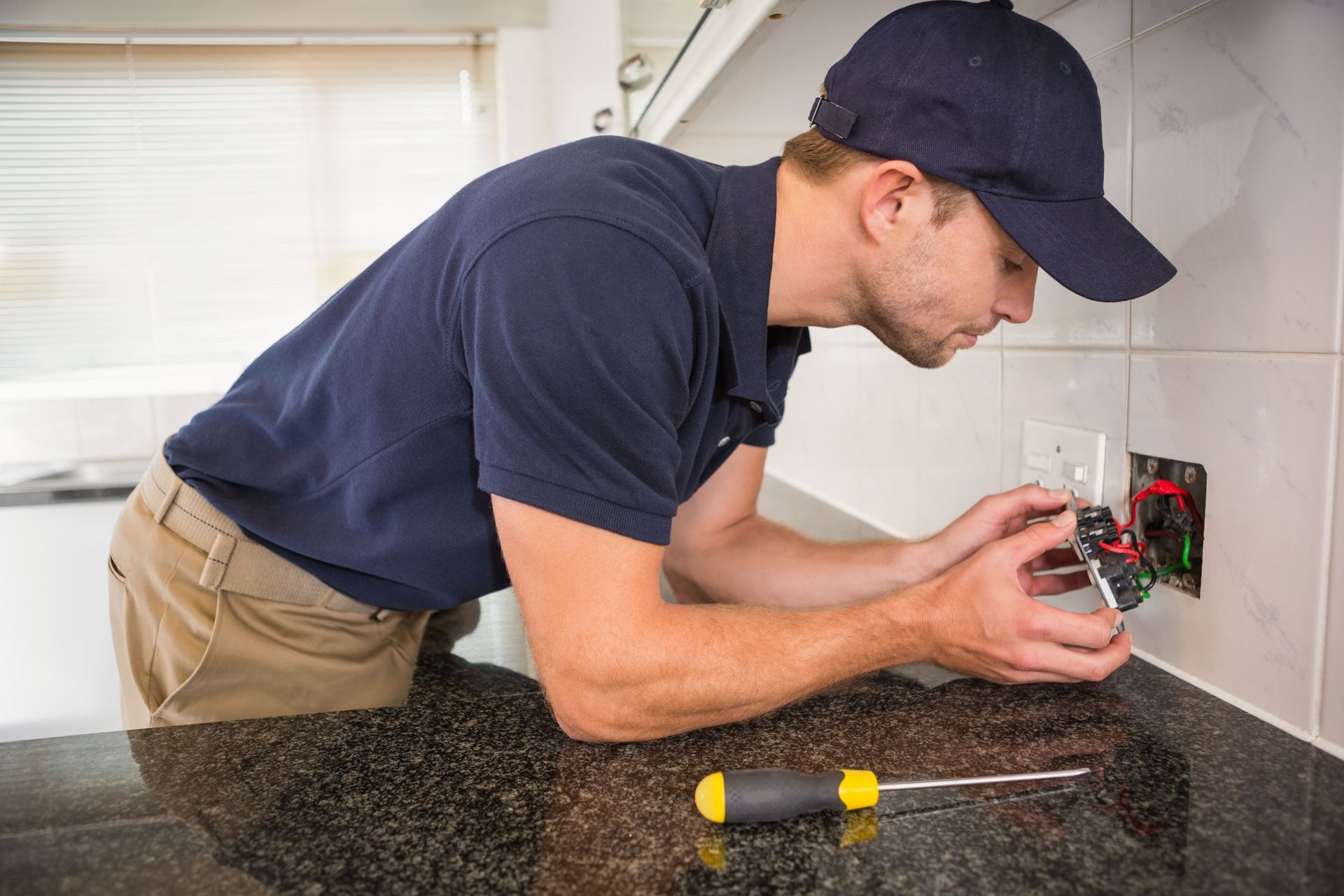
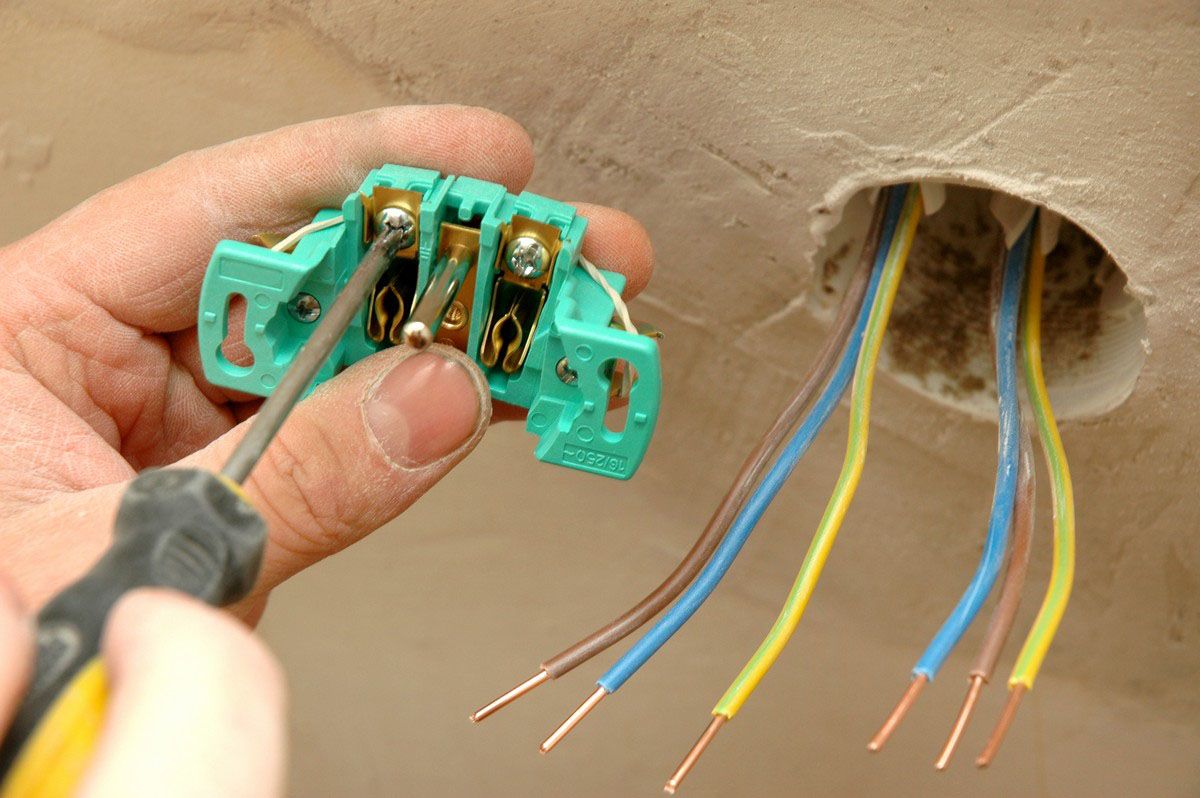
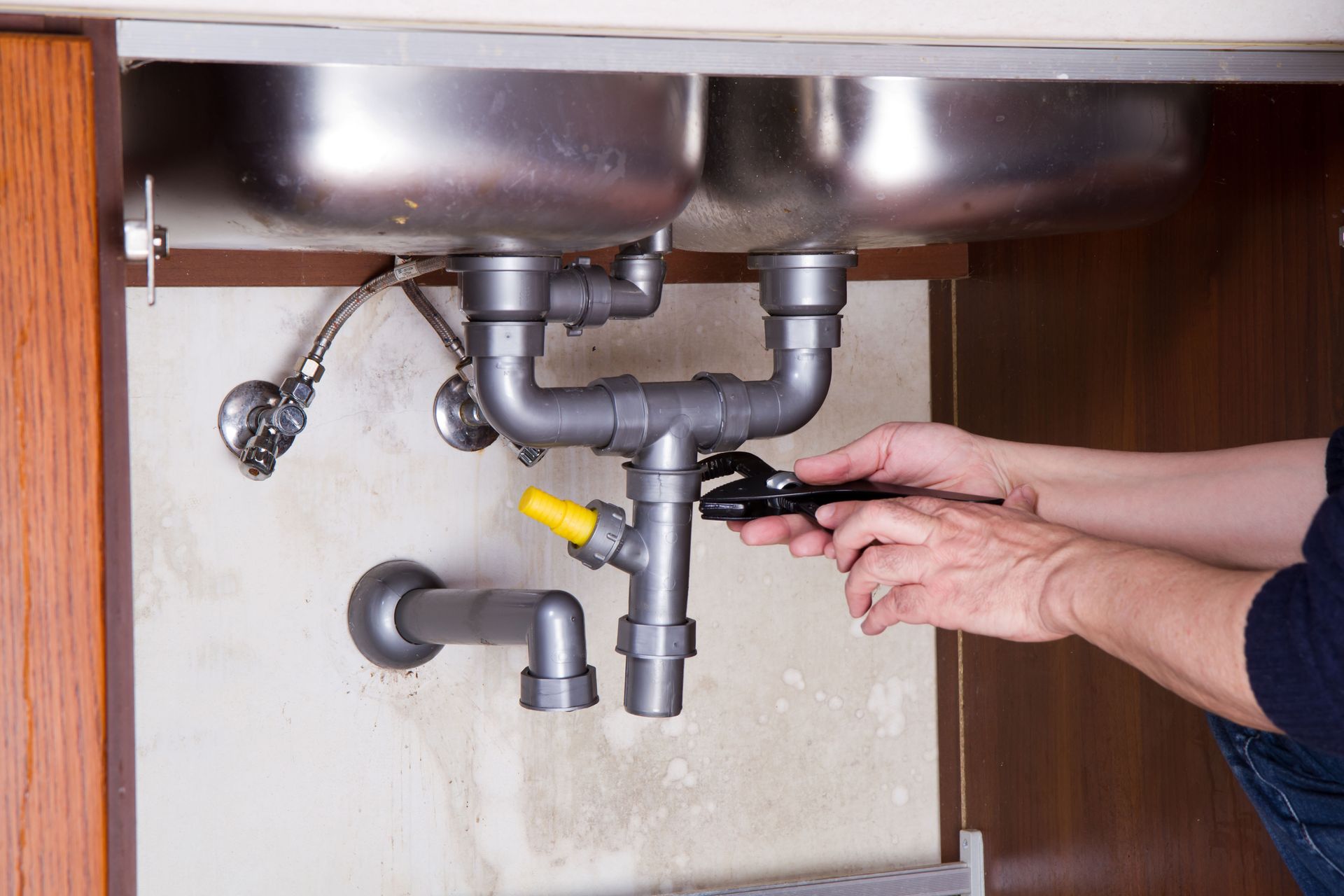
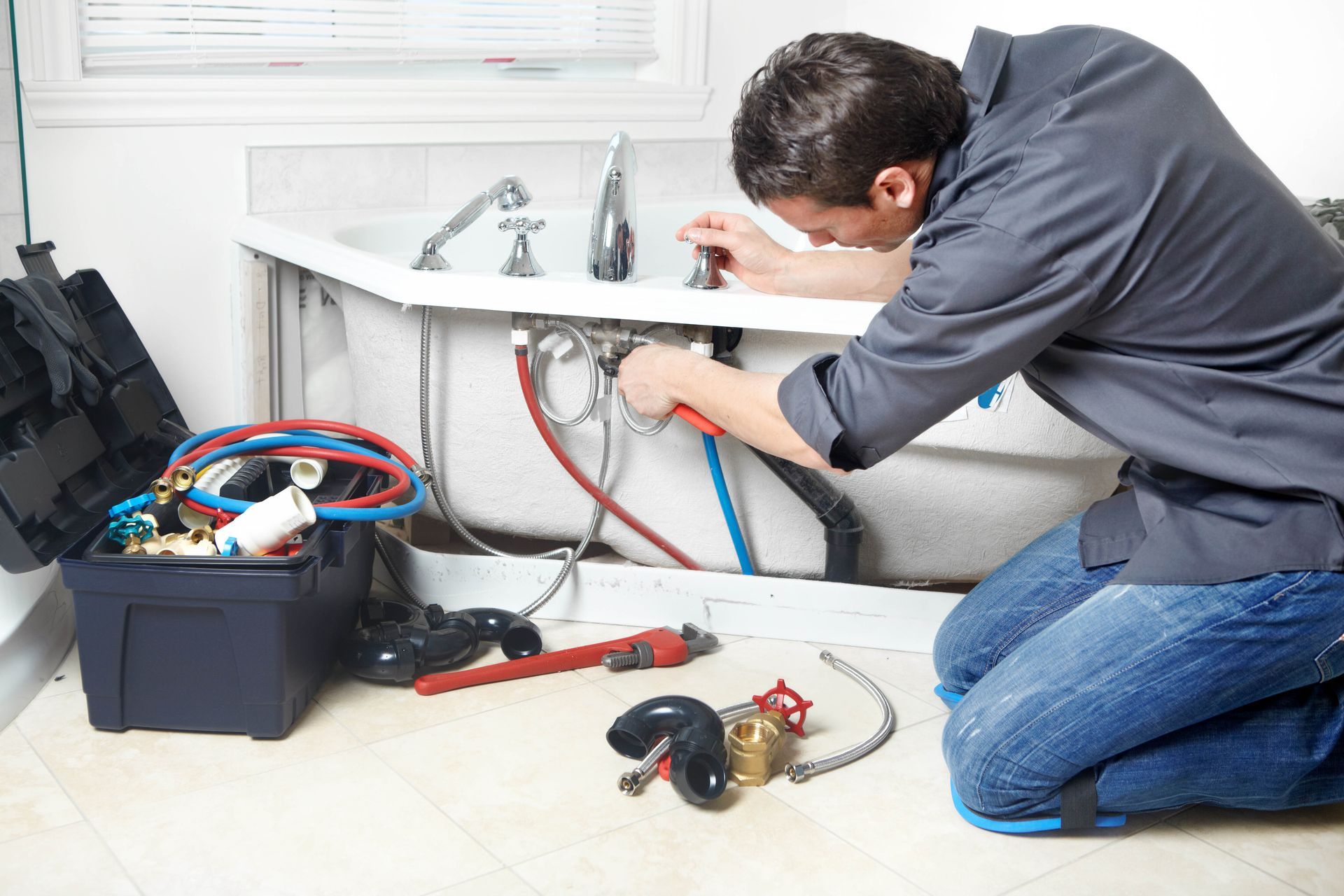
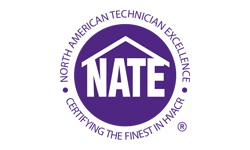




Share On: